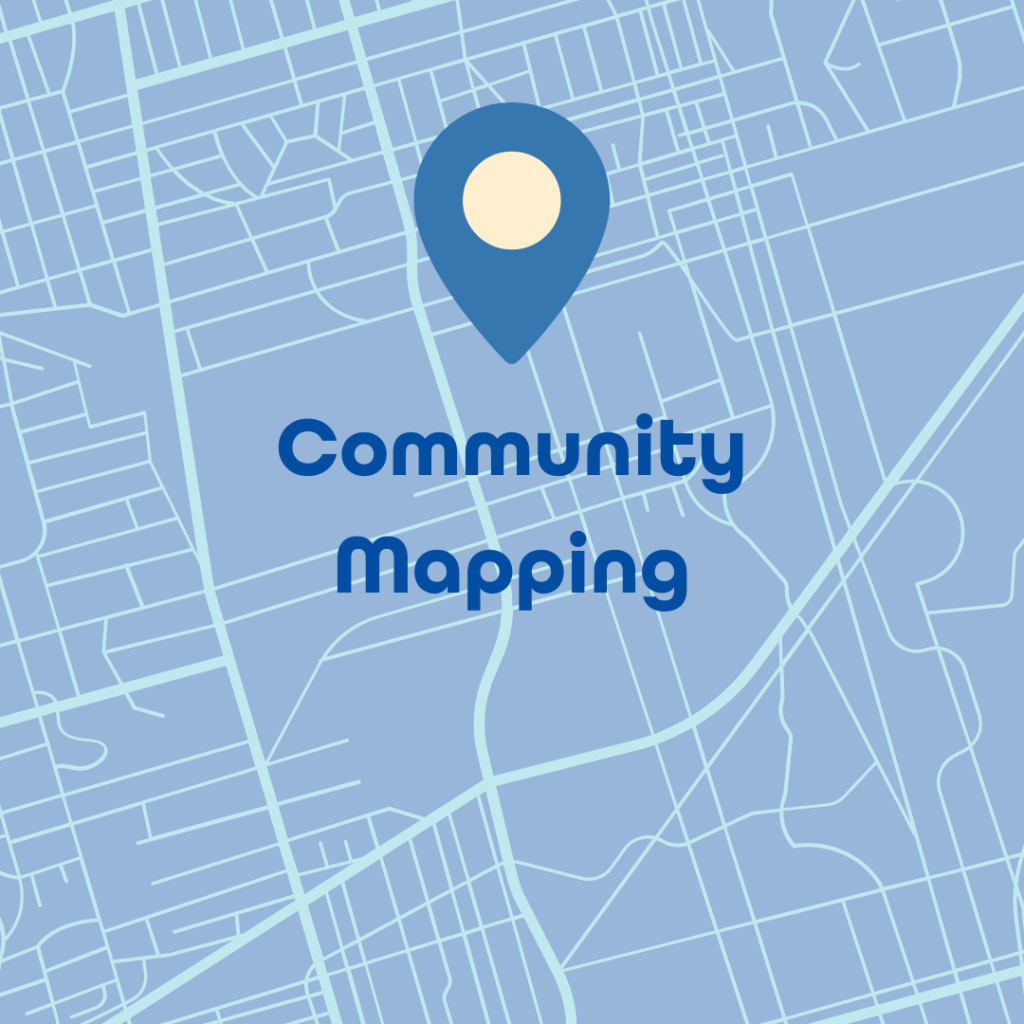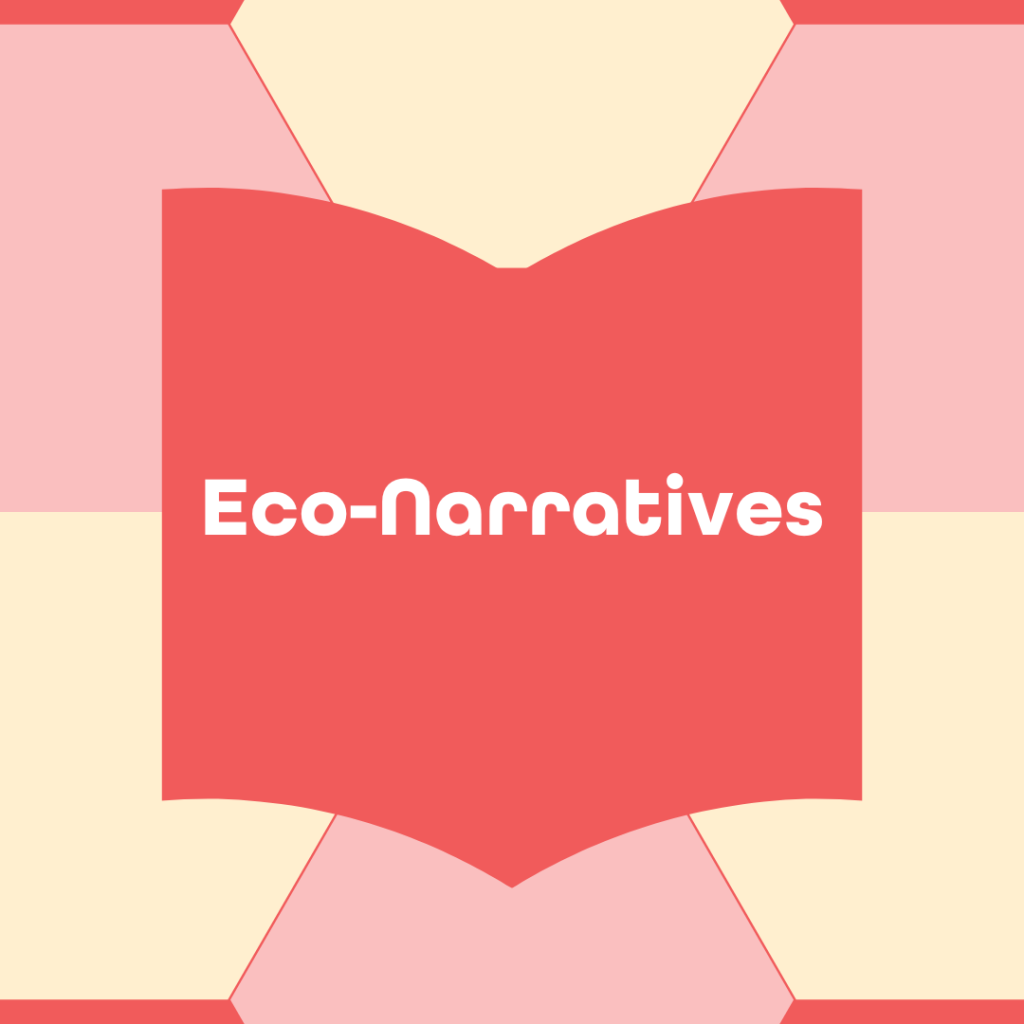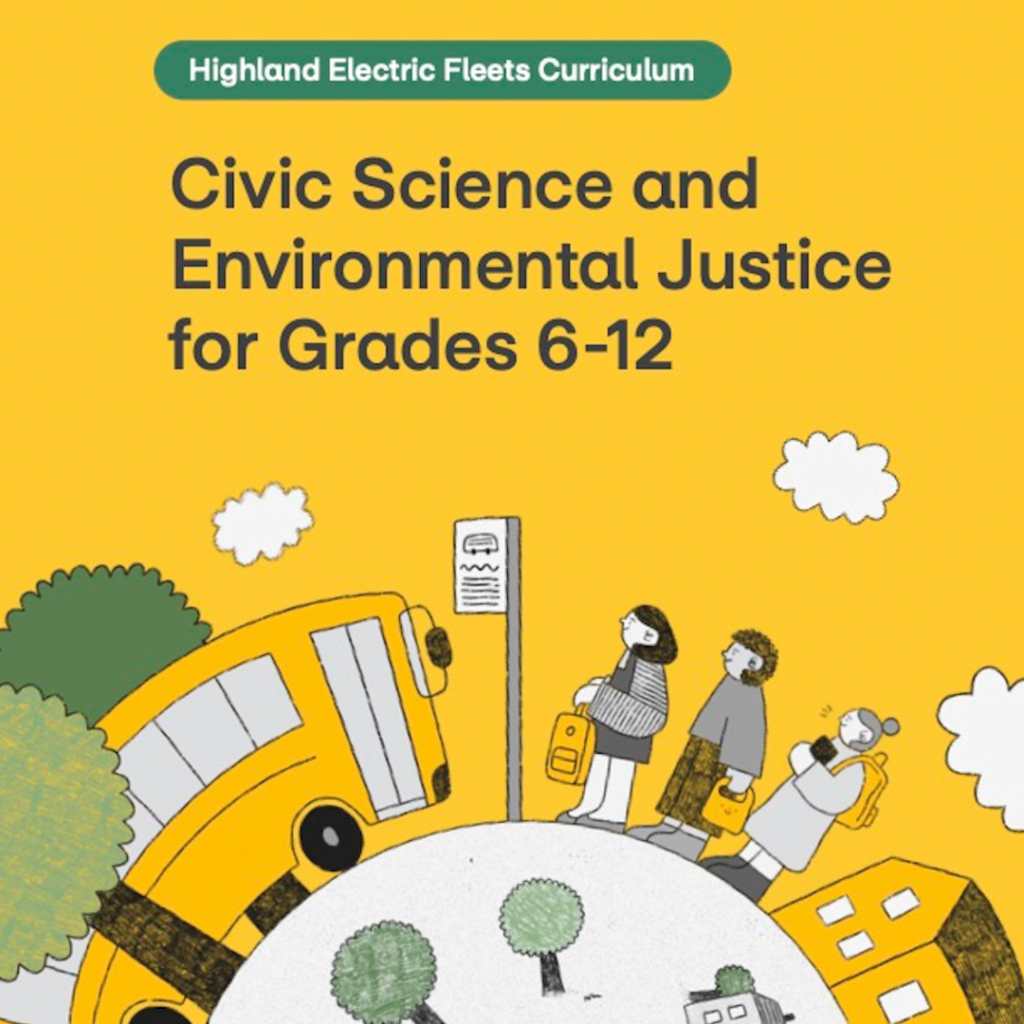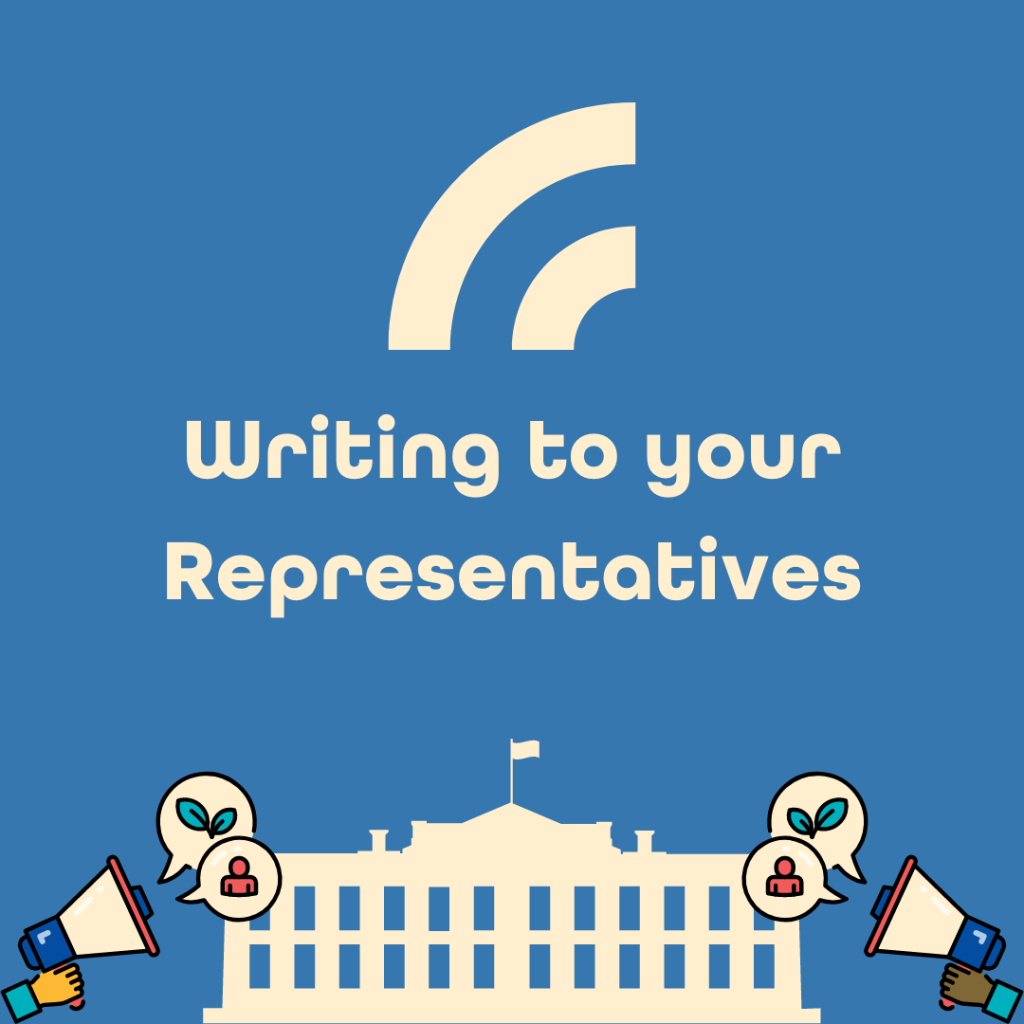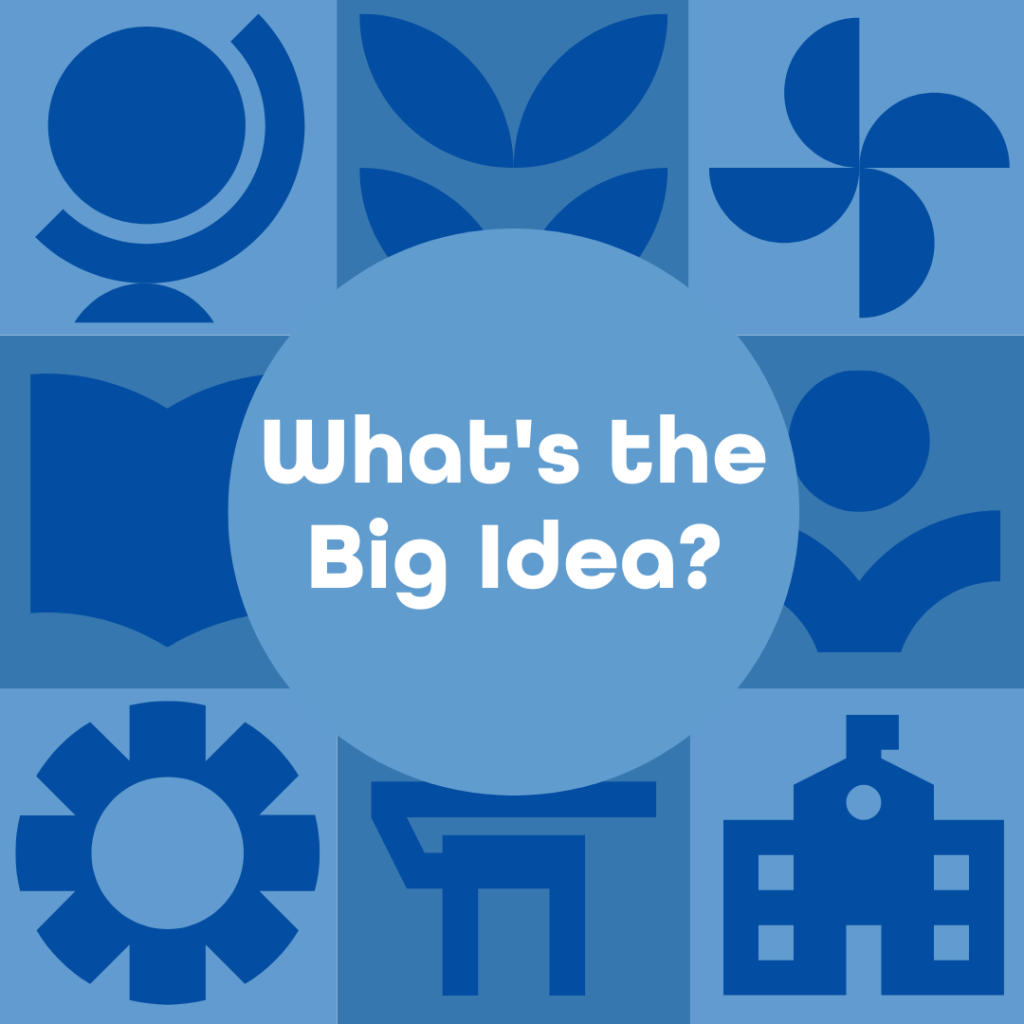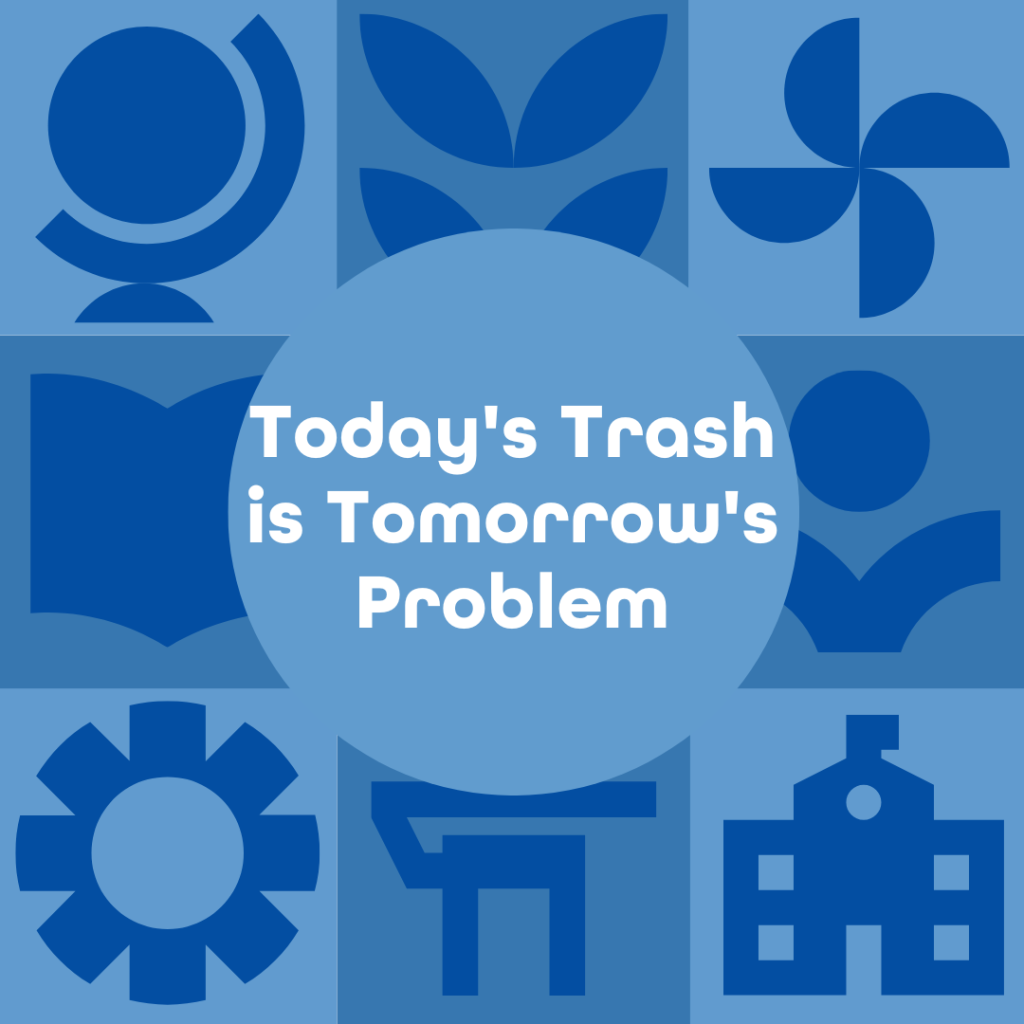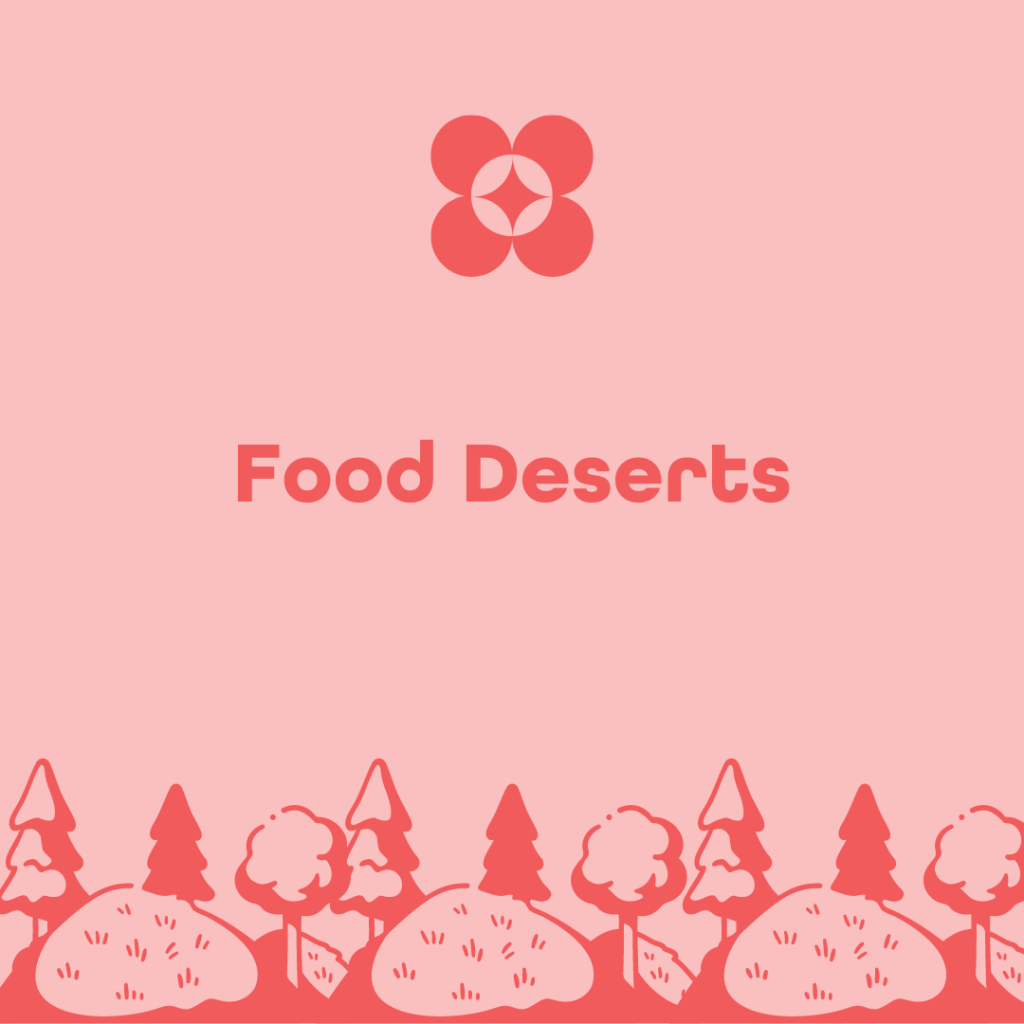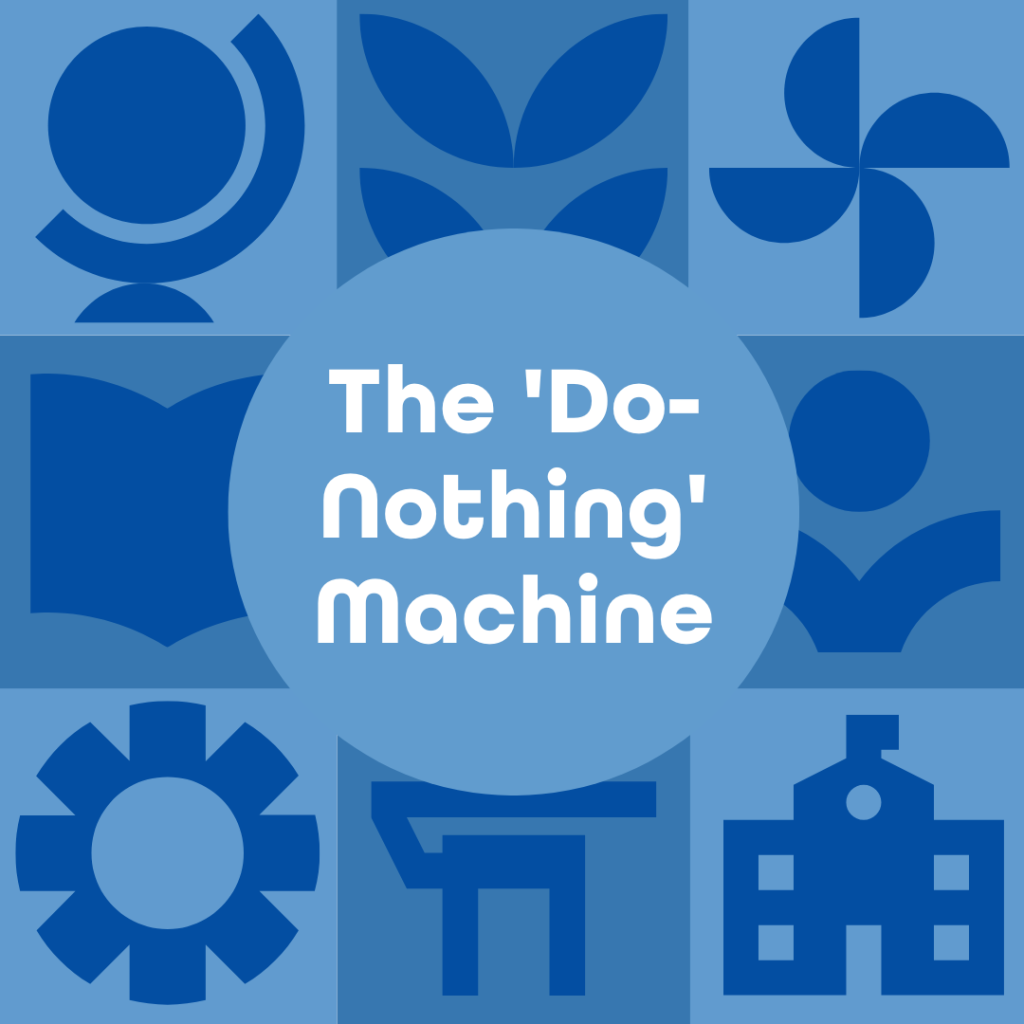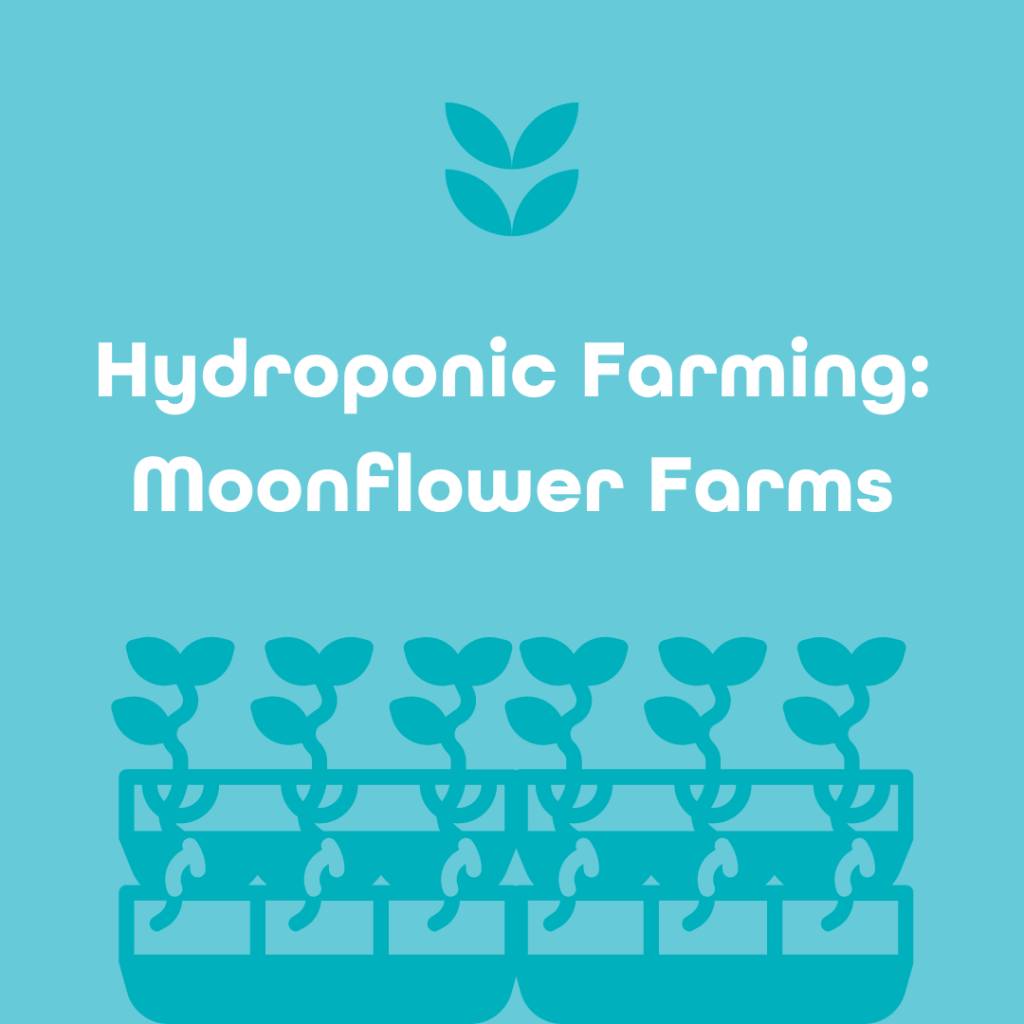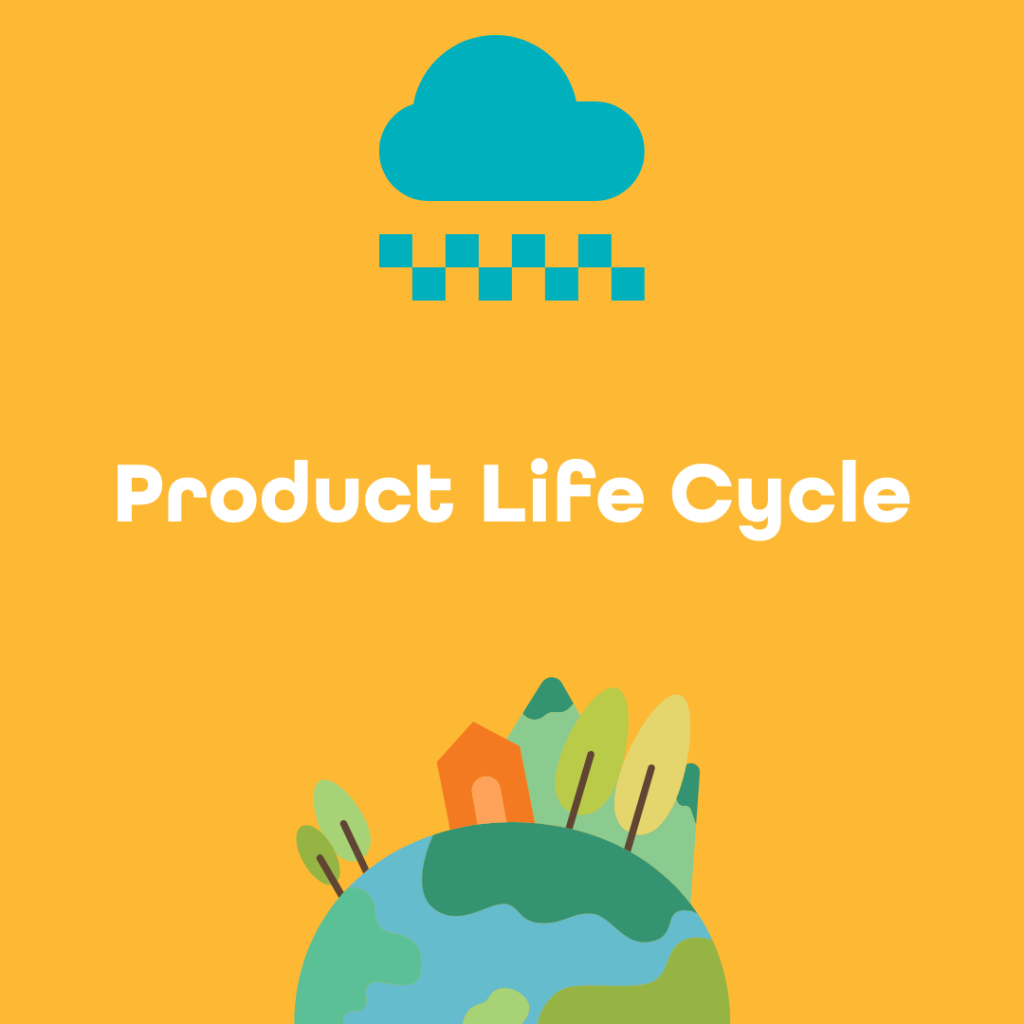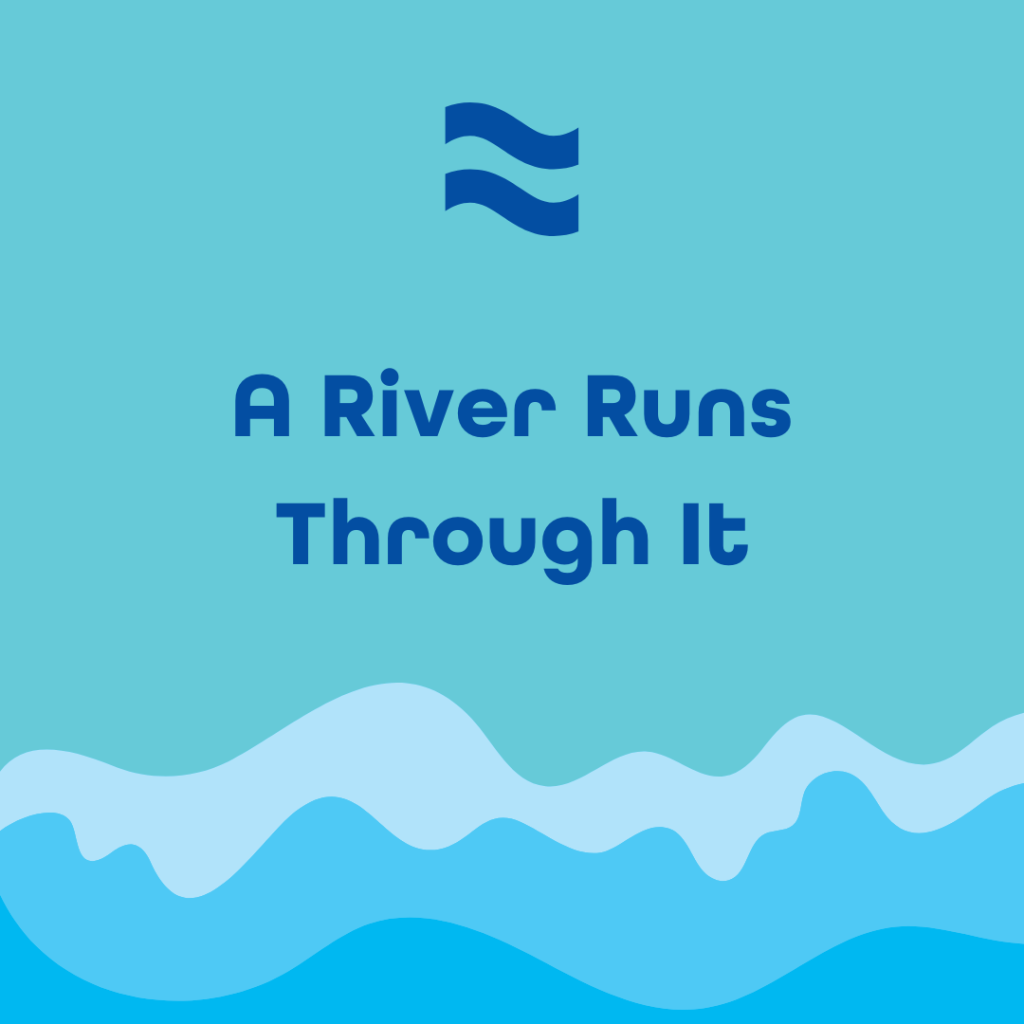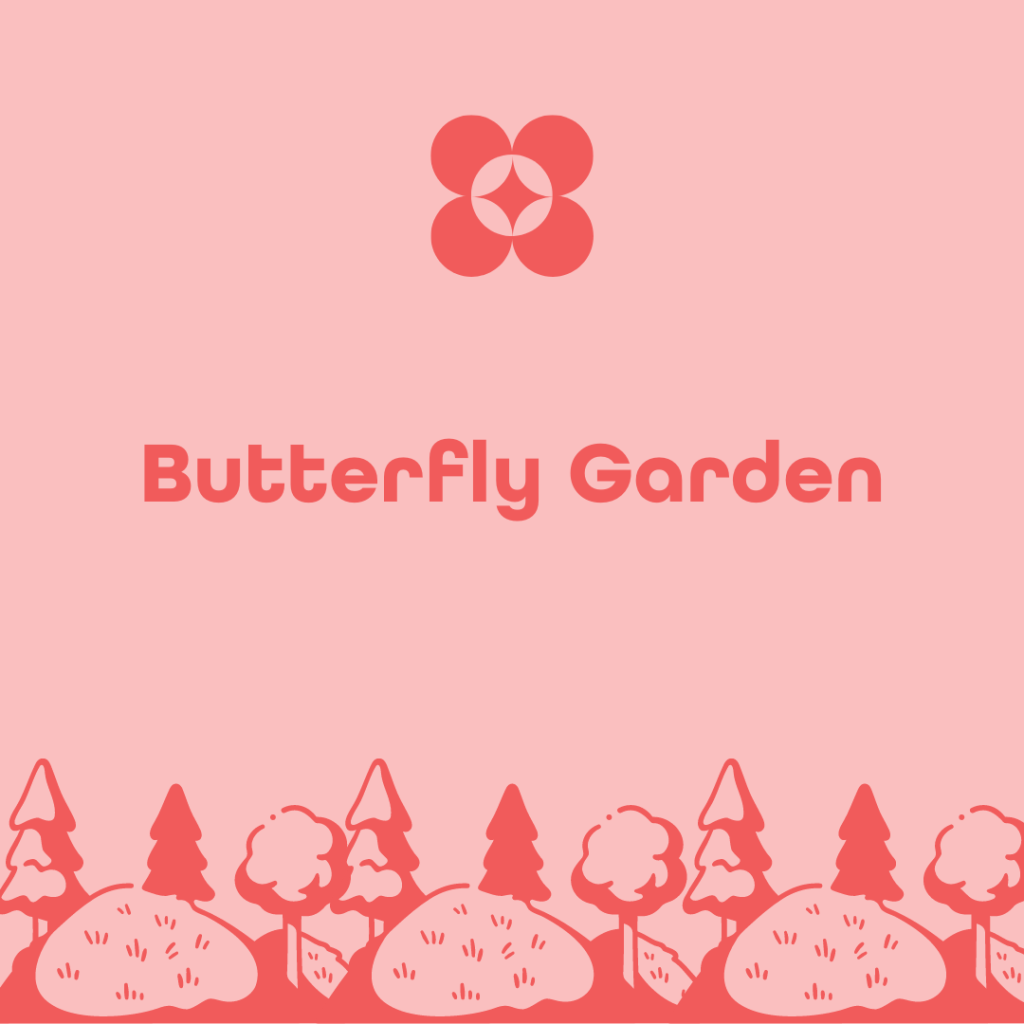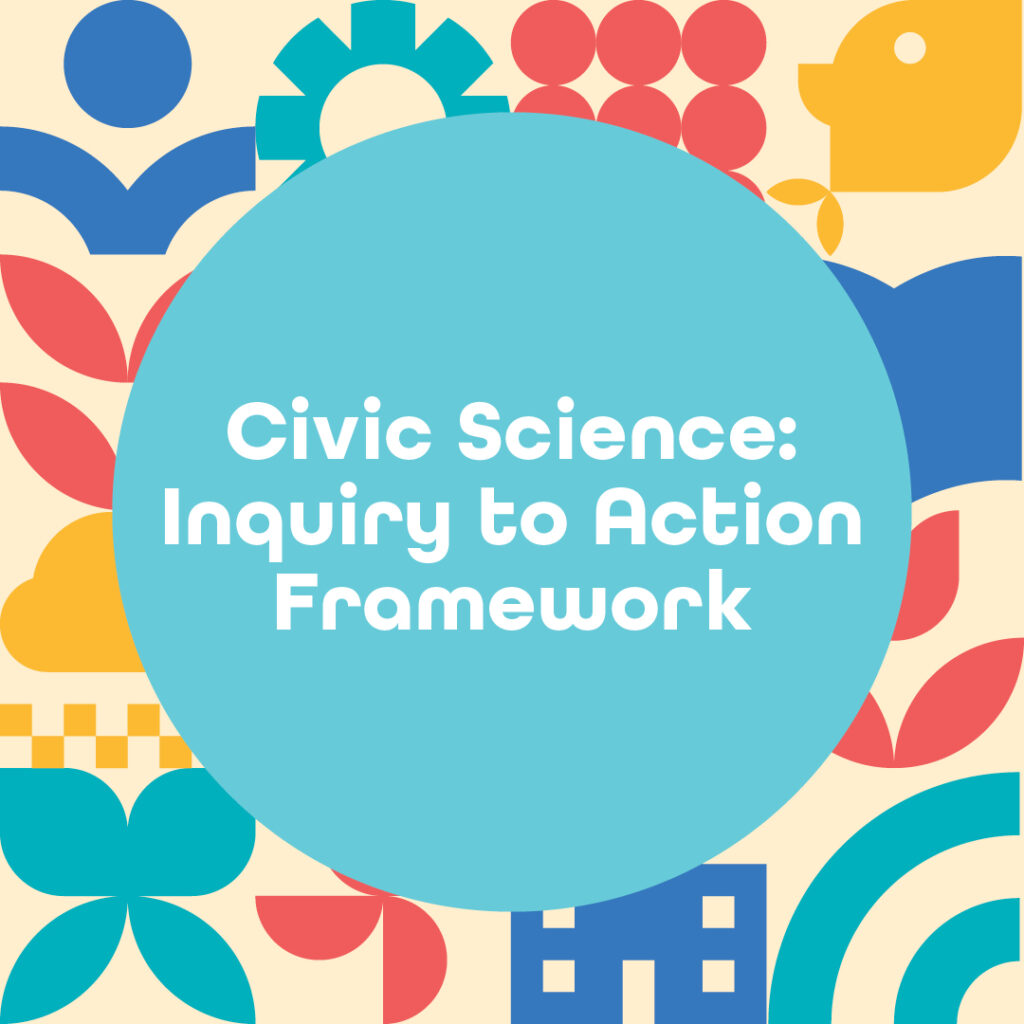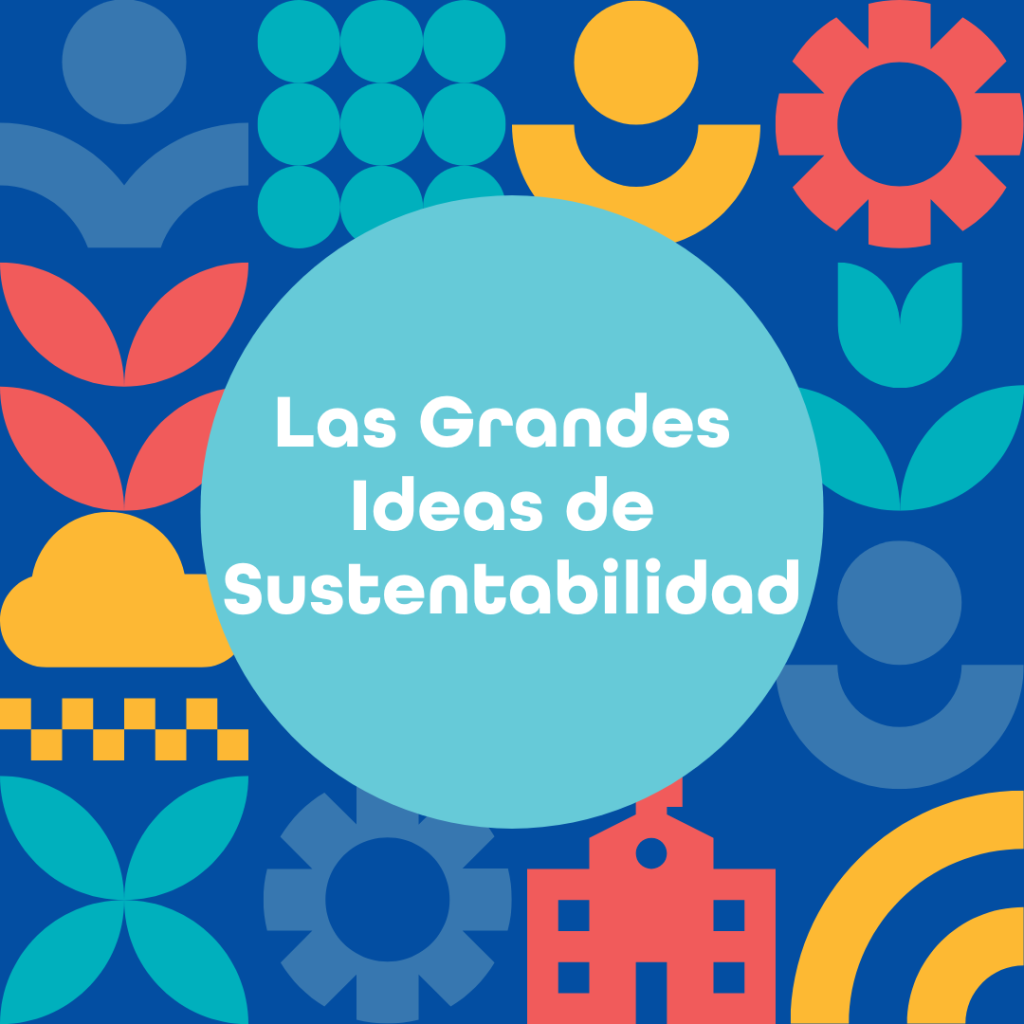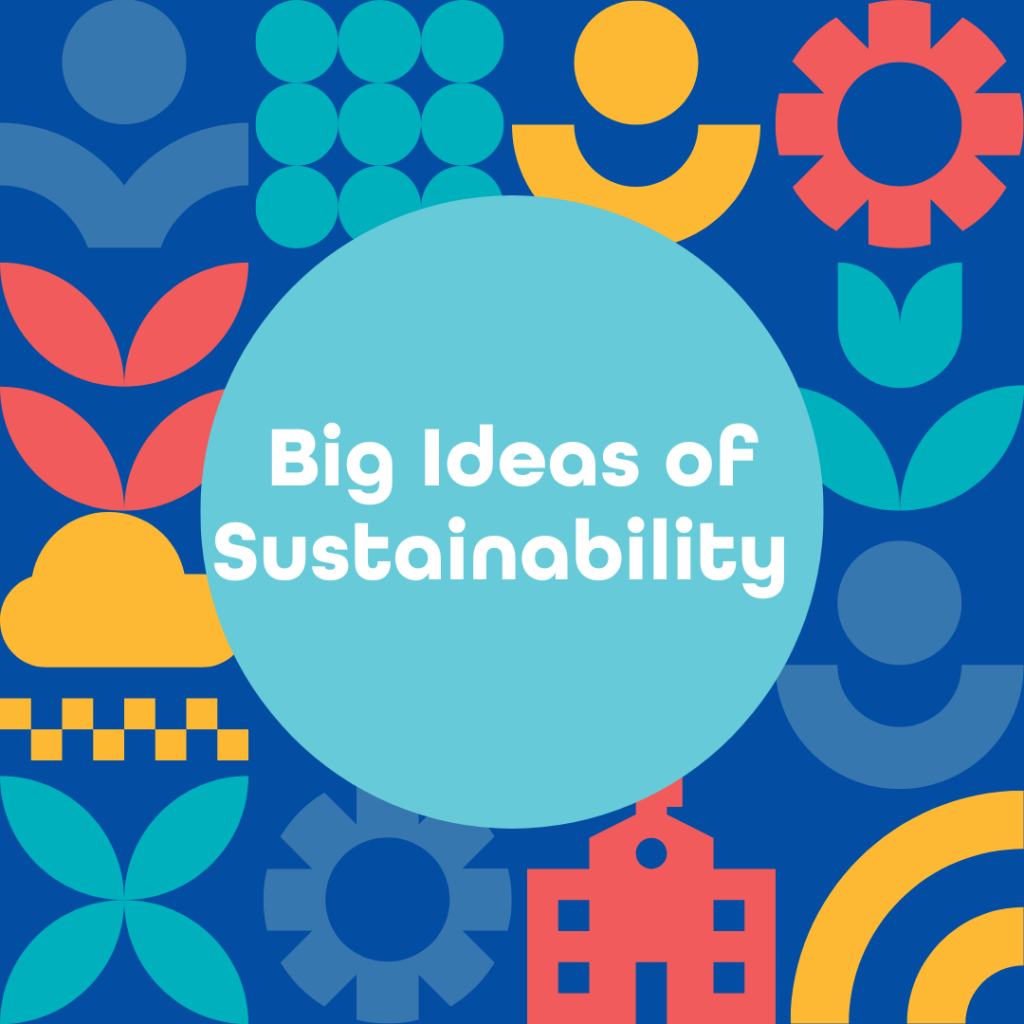by the Alliance to End Plastic Waste
Grades 6-8
A Michigan-based company, The Bear Factory, had a vision to offer a green product line that holds up to sustainability standards while also providing an opportunity to educate children on the importance of animal conservation and environmental sustainability. More than two years of research and development led to Plush for the Planet, a sustainable collection
Our current food systems are vastly inefficient with food waste, rampant pesticide use, transport emissions, and agriculture runoff. Many communities live in food deserts with inadequate fresh produce, translating to inequitable health outcomes. Moonflower Farms is partnering with CELF to address these real world problems by using space age technology, hydroponics and sustainable city farming
